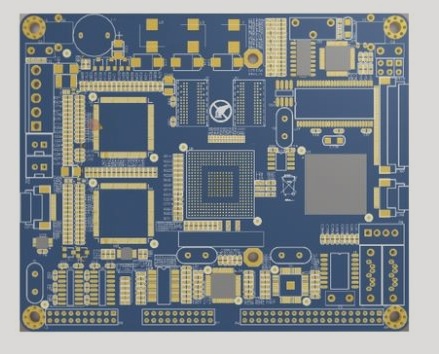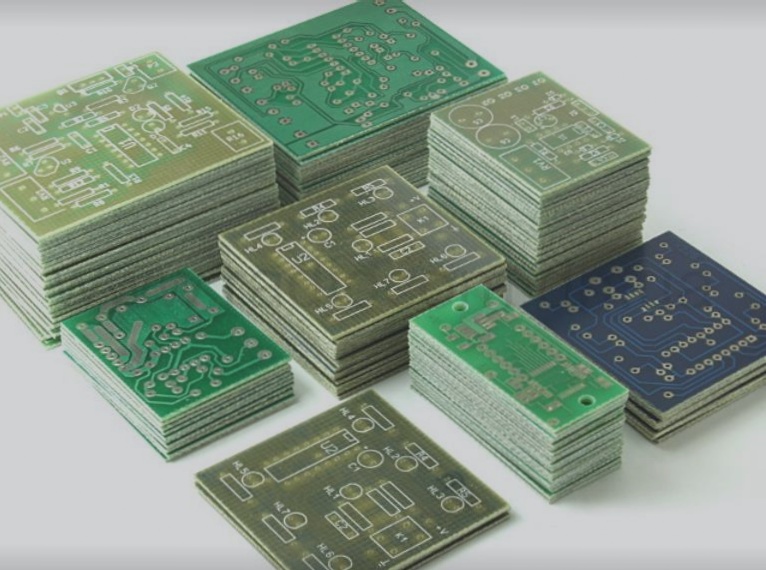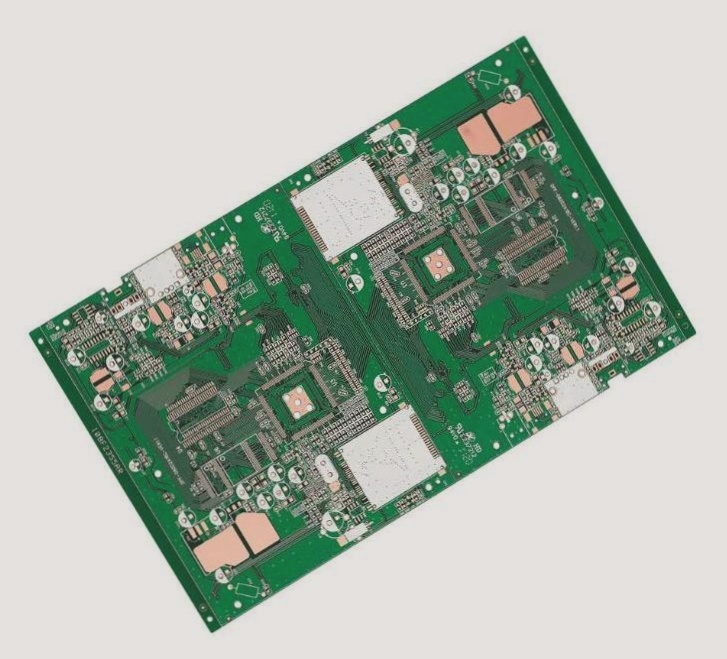Overview
The common process for processing printed circuit boards involves the “pattern plating method.” This method includes pre-plating a lead-tin resist layer on the copper foil section of the outer layer of the board that needs to be preserved, known as the graphic portion of the circuit. Subsequently, the remaining copper foil is chemically corroded through a process called etching. The board consists of two layers of copper at this stage. During the outer layer etching process, only one layer of copper needs to be completely etched away, while the remainder will form the final required circuit. The pattern plating technique involves a copper layer solely beneath the lead-tin resist. Another approach is the “full board copper plating process,” where the entire board is copper-plated, with only the portion excluding the photosensitive film covered by a tin or lead-tin resist layer. Compared to pattern plating, full board copper plating requires copper plating twice across the entire board, leading to potential issues, especially with narrow wire width and side corrosion.

Processing Technology of the Outer Circuit
Another method for processing the outer circuit of printed boards involves using photosensitive film as the resist layer instead of metal coating. This method resembles the inner layer etching process and utilizes tin or lead-tin as the resist layer in the etching process with ammonia etchant. Ammonia etchant, a common chemical liquid, does not react chemically with tin or lead-tin. Various etching solutions are available in the market, with sulfate-based solutions allowing for copper separation via electrolysis post-use. However, due to low corrosion rates, sulfate-based solutions are less common in production. Sulfuric acid-hydrogen peroxide has been explored for outer layer pattern etching, but economic factors and waste liquid treatment issues hinder its widespread adoption. Achieving high-quality etching involves considerations of wire width uniformity, side etching extent, and controlling the etching factor.
Etching Quality and Challenges
High-quality etching requires complete removal of copper layers except those under the resist layer. Side etching is a common issue due to the omnidirectional action of etchants, leading to the undercut problem and varying etching factors. Equipment design and etching solution compositions impact side etching and etching factors, with certain additives used to mitigate side etching. Etching issues often stem from earlier stages in the printed circuit processing, with the outer layer pattern etching process magnifying these challenges due to its reflective “reverse stream” phenomenon.
Equipment Adjustment and Solutions
Equipment adjustments and understanding the interaction of corrosive solutions play a crucial role in addressing etching challenges in the PCB fabrication process. Proper equipment calibration and solution management are essential for achieving high-quality etching outcomes.
Ammonia Etching in PCB Processing
Ammonia etching in PCB processing involves complex chemical reactions and specific equipment requirements. Continuous operation is essential to maintain efficiency once the setup is complete. The condition of the equipment significantly impacts the etching process, especially high-pressure spraying, which is crucial for clean line sides and high-quality etching.
Optimizing the etching process involves ensuring constant metal-etchant contact and carefully selecting the nozzle structure and spraying method. The ammonia content in the etching solution plays a vital role in the etching rate, emphasizing the need to maintain optimal levels. Control systems like pH meters help manage solution parameters for effective etching.
Recent Developments in Chemical Etching
- Ongoing research focuses on innovative structural designs to enhance performance.
- Experimental findings suggest that design modifications, such as fan-shaped nozzles and precise spray angles, can improve etching outcomes by optimizing solution distribution and jet force.
Different Etching States on Upper and Lower Boards
Etching quality issues are more prominent on the upper surface of the board due to colloidal buildup from etchants. Colloidal solids accumulate on the copper surface, affecting ejection force and fresh etchant replenishment, leading to variations in etching degrees between upper and lower patterns.
The leading edge of the board, which enters the etching machine first, is susceptible to complete etching or over-corrosion due to faster etching rates before colloidal buildup occurs. In contrast, the rear-entry edge experiences slower etching rates due to accumulated buildup.
Maintenance of Etching Equipment
Clean nozzles are essential for smooth spraying and uniform etching. Blockages can cause uneven etching, potentially rendering the entire PCB unusable. Regular replacement of worn parts, including nozzles, is crucial to ensure consistent performance.
Preventing slag accumulation in the etching machine is equally critical, as excessive buildup can disrupt the chemical balance and impede the etching process. Proper cleaning with hydrochloric acid or solution replenishment is necessary to address sudden slagging events, often indicating underlying solution balance issues. Thorough film removal processes are also essential to prevent residual film remnants that contribute to slag formation and ensure optimal etching outcomes.


